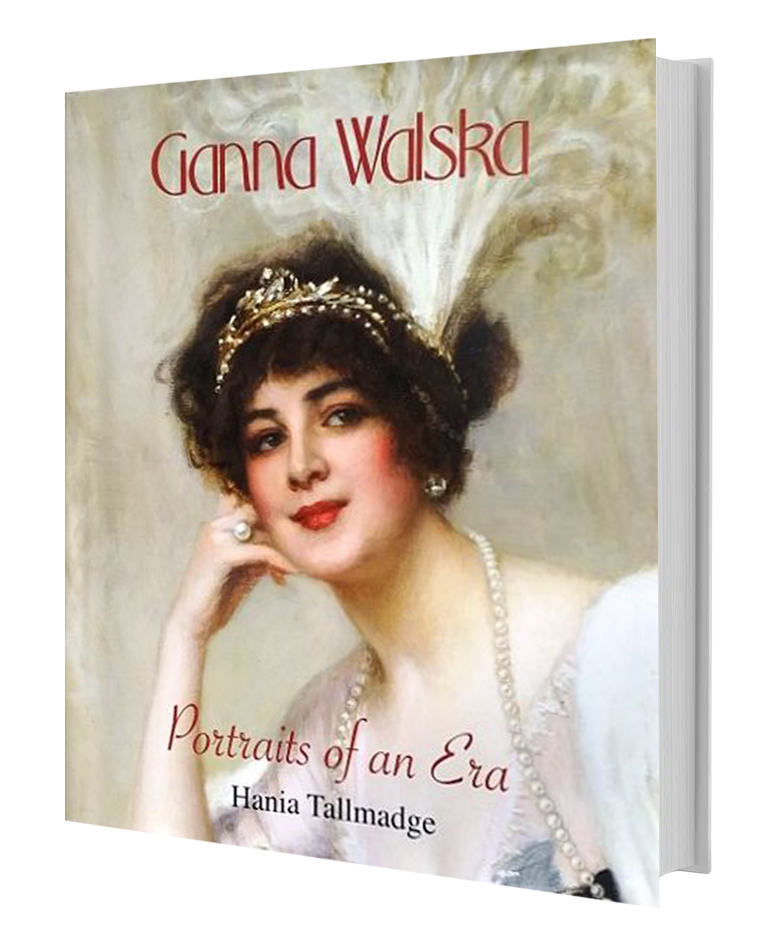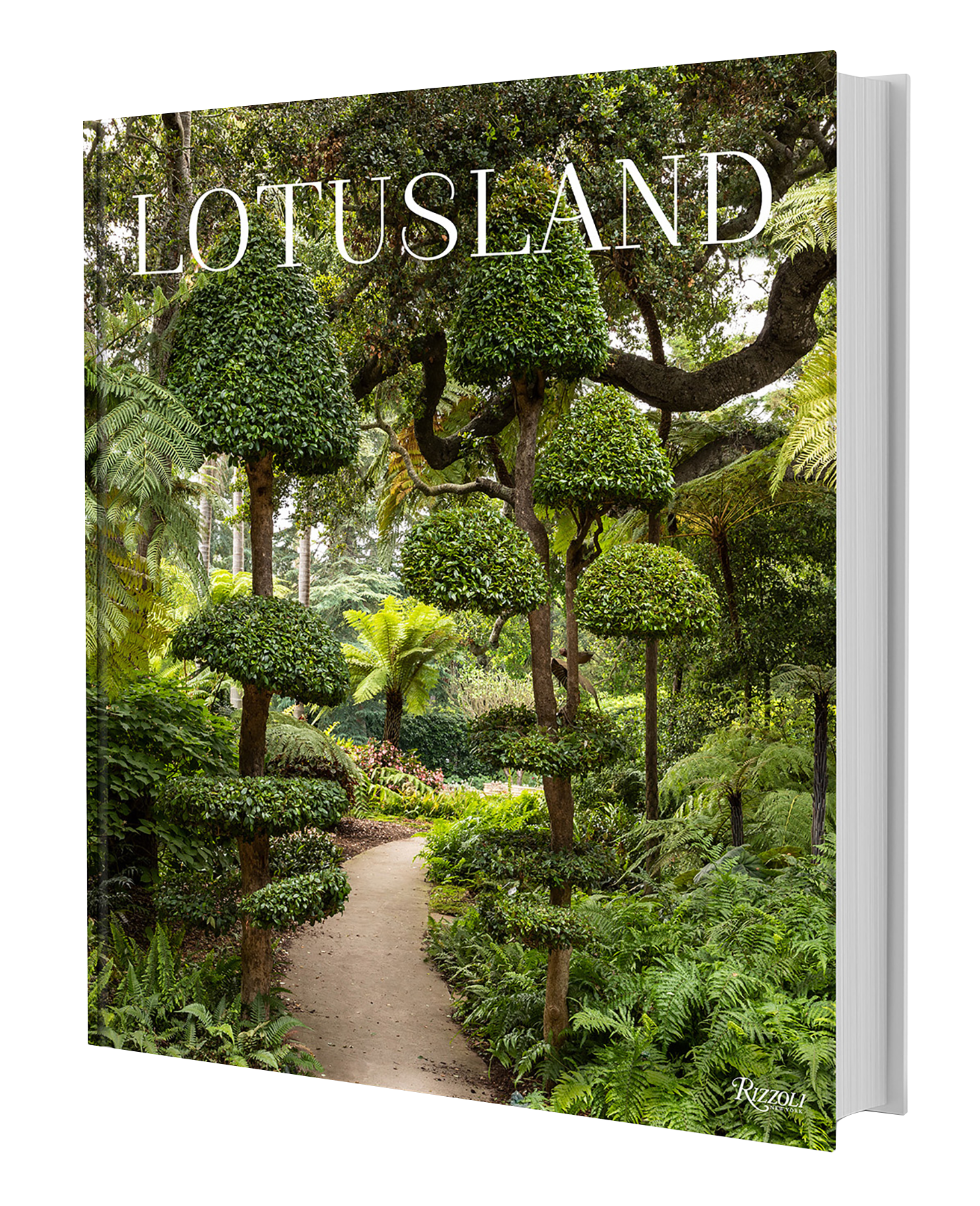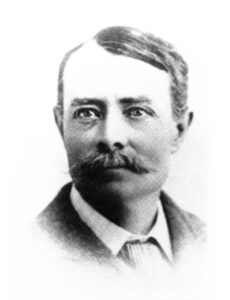Lotusland's Timeline
The Eras of Lotusland
There were three main eras in the ownership of the property that is now Lotusland. In the 1880s it was known as Tanglewood, the home and commercial nursery of Kinton Stevens. In the 1920s the Gavit family renamed it Cuesta Linda and added the existing Spanish Colonial Revival style buildings and formal gardens. In 1941, Madame Walska purchased the property and ultimately named it Lotusland. Over four decades, she worked with many talented gardeners and designers to make the gardens you see today.

Ganna Walska: Portraits of an Era
Ganna Walska: Portraits of an Era by Hania Tallmadge offers a rich visual survey of times gone by, along with personal insight into the life of an extraordinary personality. Through her niece’s remembrances and rarely seen images, Madame Ganna Walska’s story springs to life and reads like a Hollywood movie.



LOTUSLAND BOOK
Step into the breathtaking gardens of Lotusland from the comfort of your home. Enjoy page after page of stunning photos by Lisa Romerein. Pick up your copy when you visit or order online.


